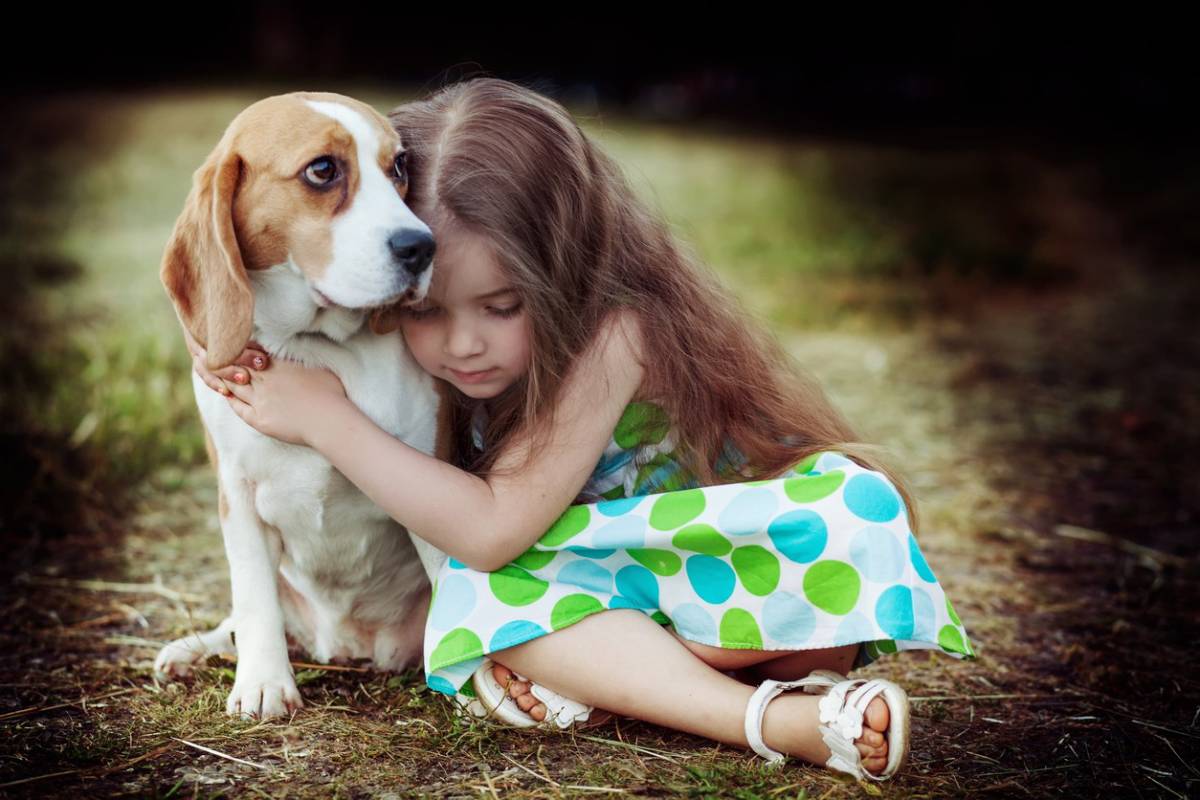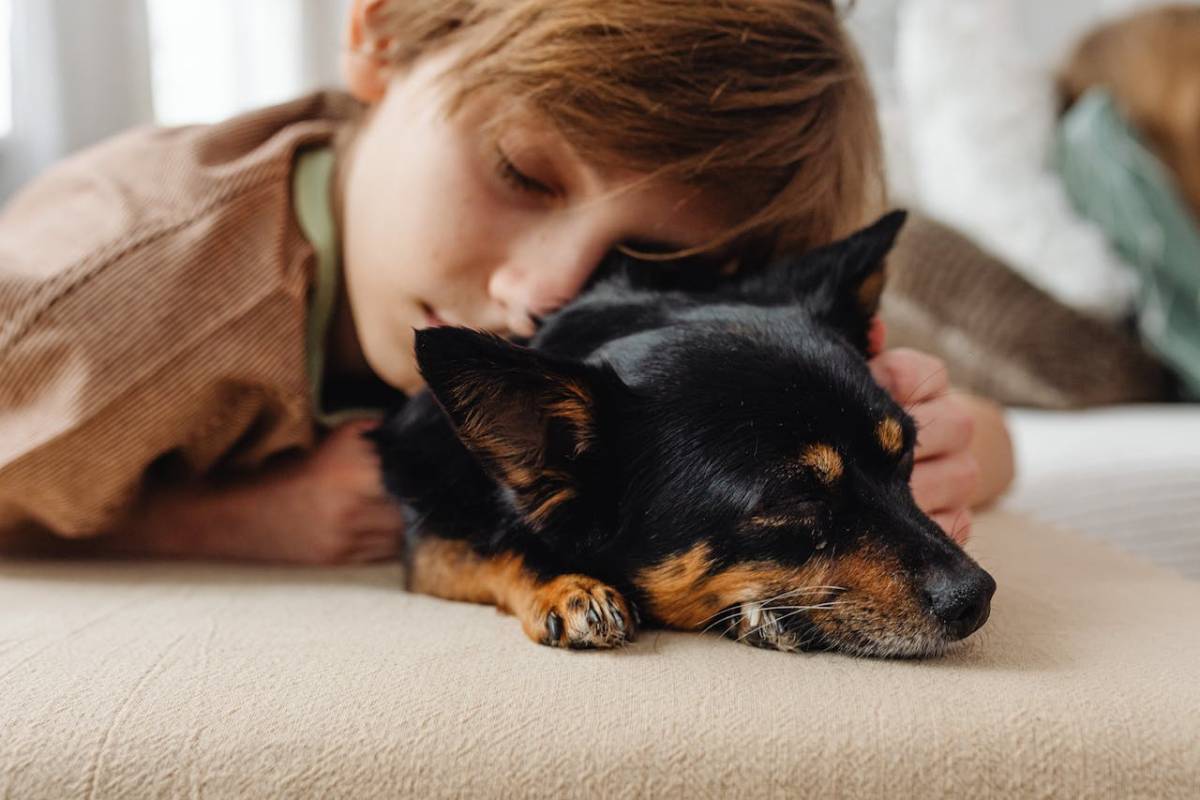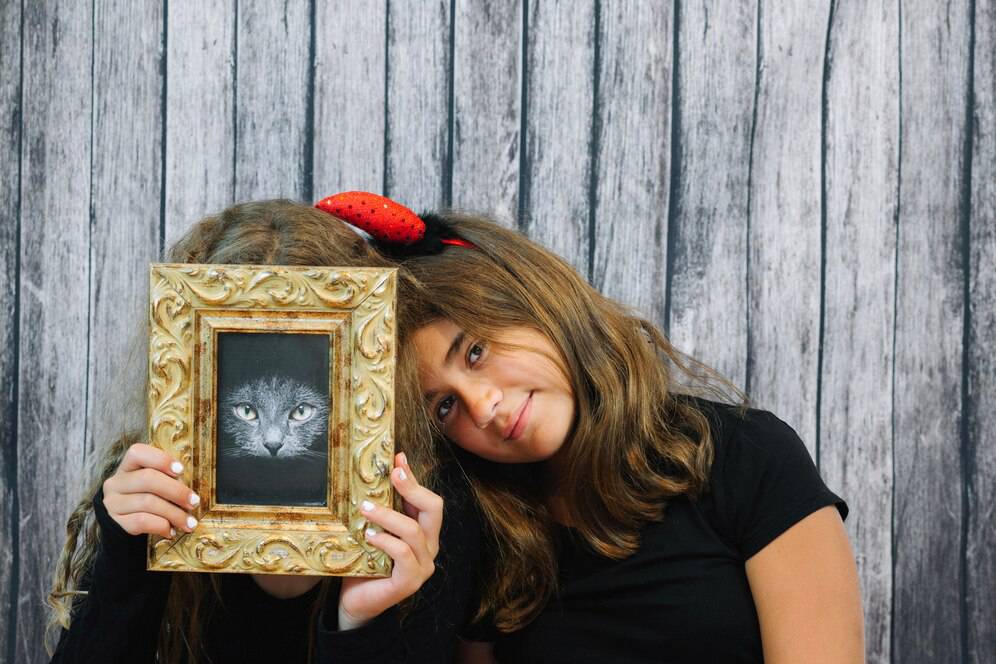
Helping Children Understand and Cope with Pet Loss
For many children, the death of a beloved pet is their first encounter with loss. Pets are not just playmates—they are loyal companions, confidants, and cherished members of the family. So, when a dog, cat, rabbit, or other furry friend passes away, the grief children feel is both real and profound.
Unlike adults, children often struggle to express or even understand their emotions. They may ask unexpected questions, react in surprising ways, or hold on to feelings of confusion, guilt, or sadness. That’s why explaining pet death to children with honesty and compassion is so important. It helps them process their loss, trust the adults around them, and build healthy emotional resilience.
In this guide, we’ll explore gentle ways to approach conversations about death, practical strategies for supporting kids after pet loss, and creative ideas to help children remember and honour their beloved animal companions.
Understanding How Children Grieve
Age Matters
Children of different ages understand death in different ways. Their reactions will depend on their developmental stage, personality, and the nature of their relationship with the pet.
- Under 5s: Often see death as temporary or reversible. They may ask when the pet is coming back.
- Ages 5–9: Begin to understand that death is permanent but may not grasp that it happens to everyone.
- Ages 9–12: Understand death logically and may have questions about what happens after death.
- Teens: Capable of deep reflection and grief, though they may suppress emotions or seek peer support instead of family.
Recognising where your child is developmentally helps you tailor your support.
Explaining Pet Death to Children
1. Use Simple, Clear Language
Avoid euphemisms like “gone to sleep” or “passed away”—these can confuse younger children or cause fear around sleep.
Instead, say something like:
“Our dog was very old and sick. Her body stopped working, and she died. That means she won’t be coming back, and we’re going to miss her very much.”
Be honest and calm, keeping your explanations age-appropriate but clear.

2. Allow Emotions to Happen
Children may cry, ask lots of questions, or appear unfazed—sometimes all in the same day. All responses are valid.
Encourage them by saying:
“It’s okay to feel sad. I feel sad too.” “You can ask me anything, even if it feels hard.”
Avoid rushing them through grief or expecting a “typical” reaction.
3. Avoid Blame and Shame
Children, particularly younger ones, may blame themselves (“Was it my fault?”) or think their thoughts caused the death.
Reassure them:
“You didn’t do anything wrong. Our pet died because they were very ill, not because of anything you said or did.”
Supporting Kids After Pet Loss
1. Create a Safe Space for Grief
Let your child know that it’s okay to talk about their pet, to miss them, and to feel emotional.
- Set aside quiet time for talking or cuddling
- Share your own feelings to model healthy grief
- Use stories, drawings, or play to help them express themselves
2. Stick to Routines
In times of loss, structure helps children feel safe. Keep daily routines as consistent as possible—meals, school, bedtime rituals—even while acknowledging the sadness.
3. Offer Reassurance
Losing a pet can trigger fears about other loved ones dying. Children may ask, “Will you die too?”
Be truthful yet comforting:
“Everyone dies eventually, but I expect to be here for a very long time.”
Provide the stability they need to feel secure.
4. Keep Their Connection to the Pet Alive
Encouraging memories helps children cope and honours the bond they share.
Some gentle ideas include:
- Talking about funny or special moments
- Looking through photos together
- Drawing pictures of their pet
- Writing a letter or poem
This helps shift the focus from loss to love.
Creative Memorials for Children
Creating a tribute can be a healing experience, offering both closure and comfort. Here are a few child-friendly ideas:

1. Memory Box
Decorate a shoebox and fill it with:
- Favourite toys or collar
- Photos or drawings
- Notes, poems, or letters
- A paw print or lock of fur (if available)
Let your child decide what to include—it becomes their personal place of remembrance.
2. Goodbye Ceremony
Hold a simple ritual to say farewell:
- Light a candle
- Sing a song or read a favourite story
- Plant a flower or tree in the pet’s honour
- Share memories with the whole family
This shared experience helps validate their feelings and supports emotional closure.
3. Create a Tribute Wall or Corner
Set aside a spot in your home with:
- A framed photo
- Your child’s drawings or crafts
- A small shelf with keepsakes
This ongoing pet remembrance offers comfort and a sense of ongoing connection.
When to Consider Extra Support
Signs Your Child May Need Additional Help:
- Persistent sadness or anxiety lasting several weeks
- Changes in eating or sleeping patterns
- Withdrawal from friends or school
- Repeated expressions of guilt or self-blame
- Physical symptoms with no clear cause (e.g. headaches, stomach aches)
If these signs appear, it may be helpful to speak with a school counsellor, child therapist, or seek pet bereavement counselling that includes child-focused services.
Some UK organisations offer support tailored for children:
- Blue Cross Pet Bereavement Support Service
- Child Bereavement UK
- The Ralph Site
These resources offer guidance, listening support, and tools for healing.
Additional Section: Helping Children Prepare for a Pet’s Death
In some cases, a pet’s passing is expected due to illness or age. This presents an opportunity to prepare your child gently.
What You Can Do:
- Explain that their pet is old or very sick, and the vet can’t make them better.
- Reassure them that you’ll make sure their pet isn’t in pain.
- Involve them in saying goodbye in a way they’re comfortable with.
- Allow them to be part of the decision-making process if appropriate.
Example: “The vet says there’s nothing more we can do. We’ll make sure she’s comfortable and not scared. You can give her extra cuddles and tell her anything you want.”
These moments, though difficult, can help your child feel involved and respected.
Honouring the Bond, Nurturing the Heart
The loss of a pet leaves a hole in the heart of the family—especially for children, who often experience the relationship with joyful innocence and fierce attachment. But with empathy, honesty, and creativity, you can help them navigate their grief and learn that it’s okay to love, to lose, and to remember.
By explaining pet death to children gently and supporting kids after pet loss with patience and presence, you teach them resilience and emotional intelligence. Through memory boxes, rituals, and loving conversations, the bond they shared doesn’t disappear—it simply changes form.
Take action today: Sit down with your child, and invite them to share a story or draw a memory. Begin creating something beautiful in your pet’s honour. In doing so, you help them grieve with grace—and love with even more strength.


